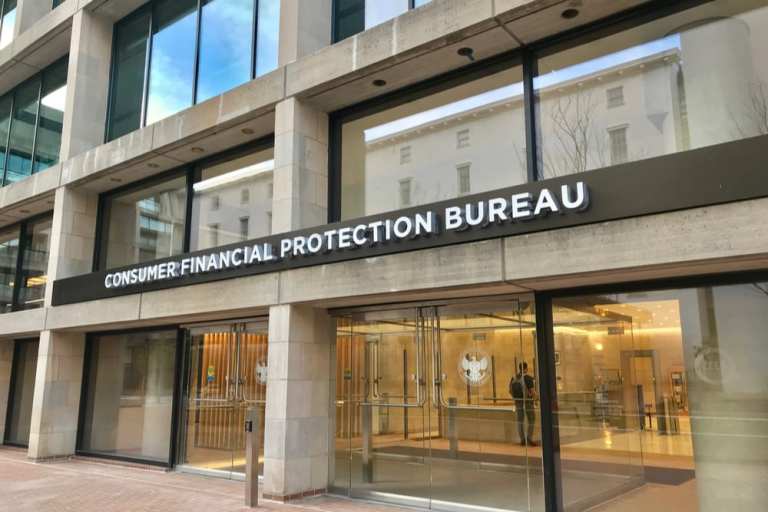
The Consumer Financial Protection Bureau (CFPB) has extended the comment period for its Notice of Proposed Rulemaking (NPRM) before it implements the Fair Debt Collection Practices Act (FDCPA), according to a press release.
The comment period has been extended by 30 days until Sept. 18 of this year, so that everyone can study and absorb the data and understand the issues.
The proposal is meant to give consumers concise protections from debt collectors and also provide them with clear directions on how to address and deal with their debt.
“Among other things, the NPRM would set clear, bright-line limits on the number of calls debt collectors may place to reach consumers on a weekly basis; apply prohibitions on harassment or abuse, false or misleading representations and unfair practices in debt collection; and clarify requirements for certain consumer-facing debt collection disclosures,” the release said.
In a recent report, the CFPB said that one in four, or 28 percent, of consumers have a debt in collections.
The report, released on July 18, examined collections tradelines – information about a consumer account sent to a credit reporting company, generally on a regular basis – from 2004 to 2018. The data spanned debt buyer tradelines, representing debt bought from creditors that has been charged off by creditors and non-buyer tradelines, which attempt to collect on behalf of the original creditor.
The percentage of consumers sampled with third-party collections never went below 27 percent or above 34 percent. Peak levels – and levels of 33 percent and above – occurred after the financial crisis into 2013.
The agency said in its report, titled “Market Snapshot: Third-Party Debt Collections Tradeline Reporting,” that as many as two-thirds of non-buyer tradelines had indicated medical debt in collection, according to the latest data as of the second quarter of 2018. Medical debt comprised 58 percent of total third-party collections in that period. Buyer tradelines primarily reported banking, retail and financial debt.
The CFPB also reported that as much as 20 percent of the debt was for telecommunications or utilities-related debt.